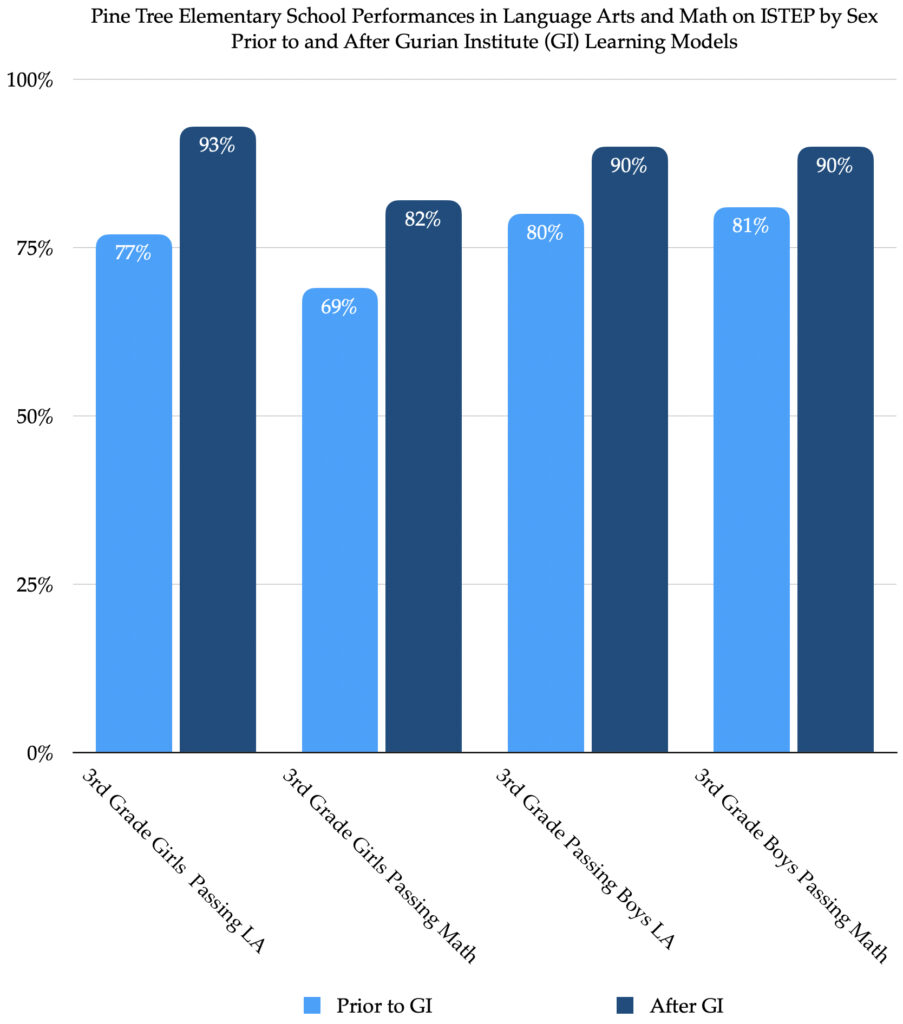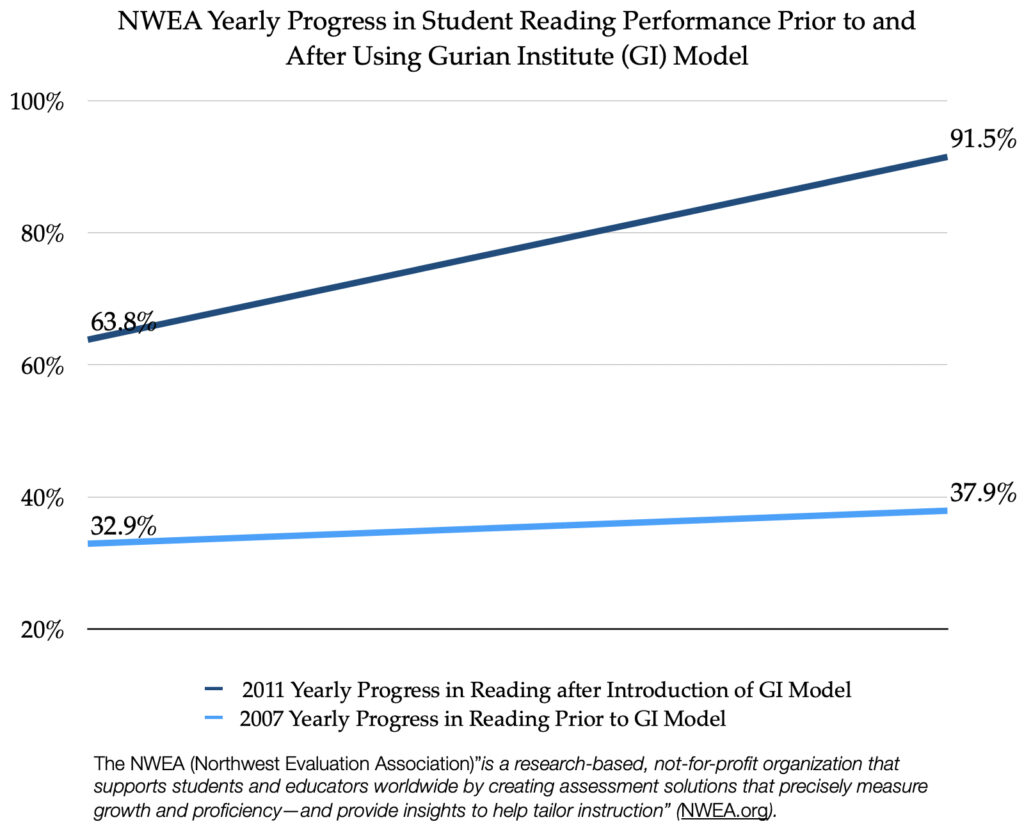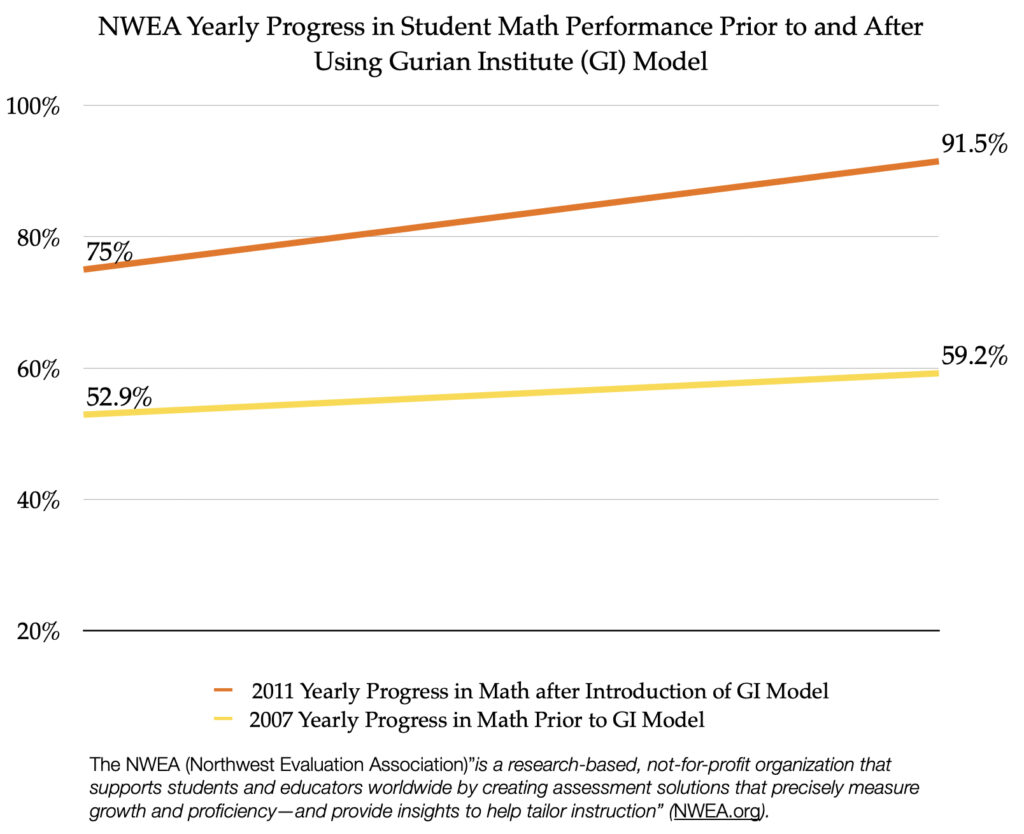
Let the Wild Rumpus Begin: Do Boys and Girls Learn Differently?
Two of my favorite books to read to my children were Where the Wild Things Are by Maurice Sendak and The Giving Tree by Shel Silverstein. Sendak’s book about an energy-filled, imaginative boy is a biological howl: I am boy hear me roar. Silverstein’s book, conversely, is rooted in an essential, maternal nurturance. The books represent aspects of biological reality and the necessity for cultural nurturing.
For decades, the various theories on the developmental stages of childhood played an integral role in understanding the best ways to educate boys and girls. Healthy debates took place regarding the biological and cultural influences in the moral development and education of children. The theories of Piaget, Kohlberg, Gilligan, and Skinner seemed not so much a nature vs. nurture argument as it was a nature and nurture approach that served complementary roles.
Piaget’s four stages of cognitive development, once a staple of introduction to psychology classes and integral to education majors, seems awkward and out of place in a contemporary educational system where biological differences are no longer in vogue. So much of today’s educational system and culture has moved away from these biological realities and toward something else.
Diversity, Equity, and Inclusion (DEI) programs and Critical Race Theory (CRT) have done more than taken a foothold in the K-12 educational system. These initiatives have taken the lion’s share of attention and school resources. Go to any progressive district in the country and it’s likely there is a DEI administrator and a supporting cast of staff and programs. This same administrative structure is entrenched in college campuses throughout the country. Whether one agrees or disagrees with the role of DEI and CRT is not the point here.
One will not find such staffing and programs for Gender-Based learning models with proven track records of increasing student performance.
Understanding sex differences as it pertains to learning and development has gone by the wayside and debates regarding gender differences and learning are rarely discussed. There was a time when biological differences as well as gender expectations were discussed openly. (Title IX grew out of such thought.)
There are places, however, where some inroads regarding Gender-Based learning are bearing fruit, although not nearly enough. Michael Gurian’s Boys and Girls Learn Differently is one of the leading books on the topic and a foundational piece of the Gurian Institute.
The Gurian Institute (GI) may be one of the nation’s leading institutions helping school districts, teachers, and parents understand the ways boys and girls learn differently. GI has a 25-year track record of success working with schools in the public and private sectors throughout the country by using brain-based science to drive learning.
In one of its programs at Pine Tree Elementary, a Title I school in Indiana, the Gurian Institute approach to Gender-Based learning contributed to a marked improvement in 3rd grade student proficiency in Language Arts and Math.

Pine Tree Elementary is a Title I School in Indians, which means it serves predominately disadvantaged children. ISTEP is the Indiana Statewide Testing for Educational Progress
But what is more striking is the improvement in yearly progress for 2nd through 4th grade students at Pine Tree Elementary in 2011. After instituting Gender-Based learning approaches, yearly progress measures by the Northwest Educational Association (NWEA) showed marked improvement after comparing measures from 2007 to 2011.
The NWEA test students three times throughout the year to measure progress and help tailor instruction. In other words, it’s learning in real time with enough breath to allow teachers the time to identify, adapt, and instruct in a manner that contributes to positive and measurable outcomes. The data below demonstrates yearly progress prior to and after the Gurian Institute incorporated its learning model. Prior to GI, student improvement was minimal. After GI, the improvement was more than considerable to say the least.


At Roosevelt Middle School in Oklahoma City, Oklahoma, the parents and school agreed with the Gurian Institute to separate the boys and girls into gender-based classrooms for language arts, math, and technology education. The success was apparent, as both boys and girls showed improvement and the boy gender gap in reading decreased from 17% to 9%.

Allowing Parents and Districts to Consider Gender-Based Learning Models
While other states and countries have used Gender-Based learning models, there has been opposition to the approach despite evidence that demonstrates positive outcomes and a growing interest by parents in single-sex options.
Often left out of these conversations, however, is the pedagogical approach used in single-sex classrooms. There is much more to Gender-Based learning than simply separating boys and girls into separate spaces. It requires an understanding of the ways biological differences and pedagogical practices contribute to learning.
Although it is safe to assume that most boys and girls will fall into a maleness and femaleness, there are some boys whose skill sets seem more akin with the majority of girls. There are also girls whose skill sets seem more akin with the majority of boys. Some girls, for instance, may perform much better at math than most of their female counterparts and be on a comparable level as top performing boys. And some boys, for instance, may perform much better at reading than most of their male counterparts and be on a comparable level as top performing girls.
The current educational climate in K-12 and college, however, seems uninterested in biological differences and continues to push for practices that do not show marked improvement in student performance. At the same time, Gender-Based learning models offer promising data on improved student performance but garner little attention from schools on a level as grand as diversity, equity, and inclusion initiatives.
It seems impractical to push DEI and CRT in our schools without any consideration for Gender-Based learning. After all, when is the last time your school district even considered a pilot program on the ways boys and girls learn differently? What do parents think?
As the Gurian Institute gears up for its Summer Training Institute on June 25 and 26, more school districts should support, at the very least, teachers interested in this type of educational approach and the potential educational benefits to children, the parents who know their children best, and the teachers who bring these practices into the classroom and manage to find success.
Recommendation: The Gurian Institute does more than work with school administrators and teachers. GI also works with parents and community leaders to bring Gender-Based understandings into the everyday lives of boys and girls.
To learn more about Gurian Institute programs for administrators, teachers, and parents, community leaders, and others, go to gurianinstitute.com.
About In His Words: InHisWords.us focuses on the well-being boys and men and the women who love them. In His Words articles provide verifiable and reliable data and serves as conversation starters with friends, reliable content for class discussions, informational pieces for policy makers, and engagement pieces for groups in your own community to better understand the status of boys and men in America. While the mainstream media has largely ignored any sustained narrative on the status of boys and men, In His Words keeps the conversation alive.
Reliable and verifiable
Articles are well researched and provide data this is reliable and verifiable.










